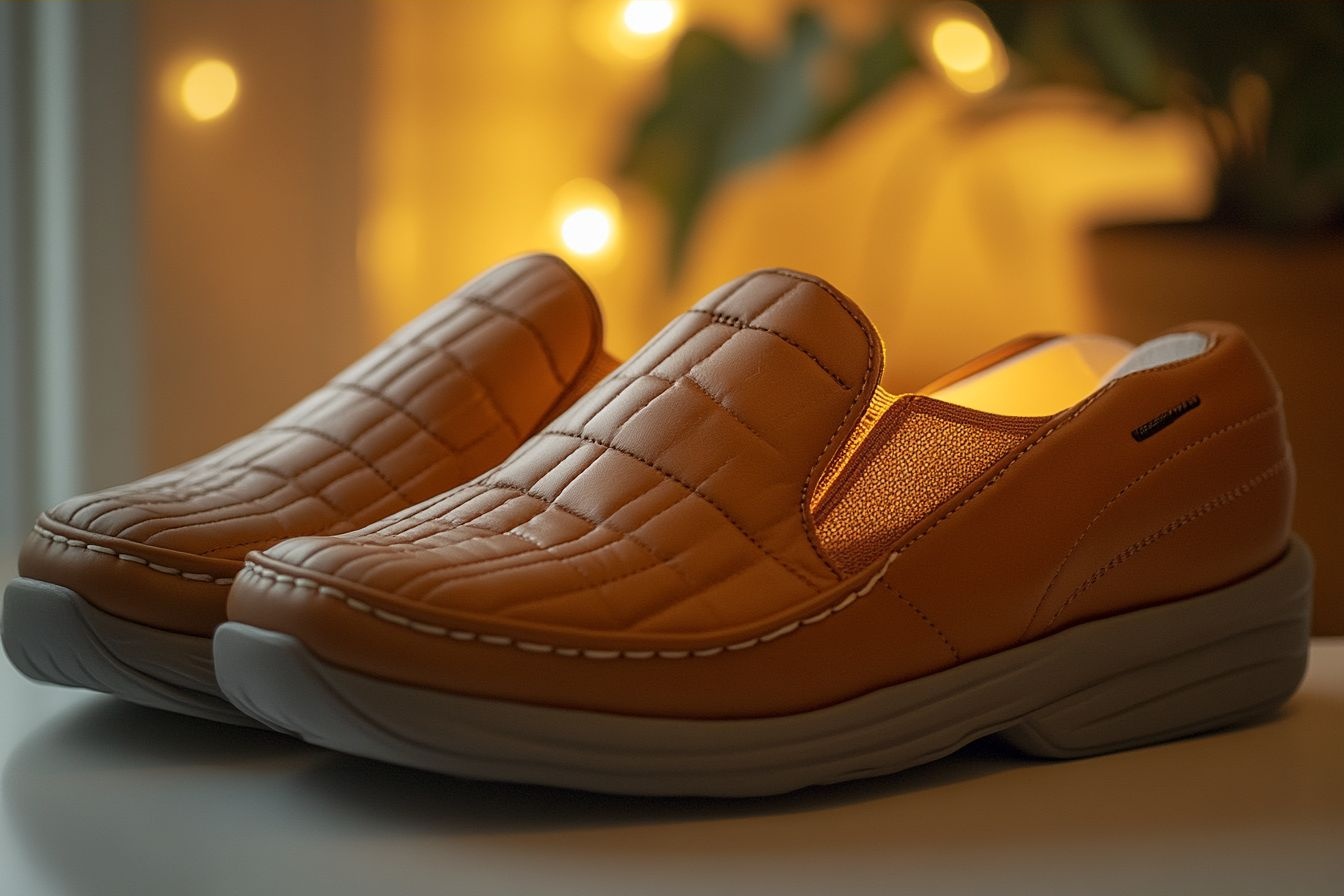Football Boots: Choosing the Right Pair for Your Surface
Proper football boots make a measurable difference in comfort, performance, and injury prevention. Whether you play casually or competitively, selecting boots that match your playing surface, foot shape, and movement patterns matters. This article explains design features, how different cleat configurations suit positions and surfaces, fitting tips, and which styles work best on grass field or indoor court. Use these practical points to evaluate options from well-known athletic footwear brands and to find the right pair for your needs and environment.

What to look for in football boots
When evaluating football boots, prioritize fit, stud configuration, and upper material. A secure heel and snug midfoot help with stability during quick turns. Uppers range from synthetic for lightness and water resistance to leather for a softer, molded touch. Consider the soleplate stiffness: a stiffer plate can support high-speed running while a more flexible plate can improve ball feel. Also note ankle height — low-cut allows freedom of movement, while mid or high cuts add ankle support. Check stitching and seams for durability, and ensure the boots feel comfortable across the instep and forefoot before purchase.
How do soccer cleats differ by position
Soccer cleats are designed with different priorities depending on position. Forwards and wingers often prefer lighter boots with a responsive soleplate and minimal upper material to maximize speed and ball feel. Midfielders may choose balanced models that combine comfort for extended running with solid traction for quick direction changes. Defenders generally favor boots with added protection, a durable upper, and secure stud patterns for tackling and stability. Goalkeepers might value a stable platform and reliable traction for powerful lateral movements. Match your cleat features to your role and playing style rather than only to aesthetics.
Choosing athletic footwear for fit and comfort
Selecting athletic footwear involves more than length — consider width, arch support, and sock thickness. Try boots later in the day when feet are slightly swollen to get a realistic fit. Leave a thumb’s width of space at the toe to account for forward foot movement. If you have high arches or flat feet, look for models with compatible insole support or removable insoles so you can add orthotics. Break in new boots gradually across several training sessions to avoid blisters. Comfort also links to ventilation: breathable materials reduce moisture, which helps maintain grip and reduces friction.
Selecting boots for a grass field
For natural grass field play, stud type and placement are key. Firm-ground studs — typically molded conical or bladed studs — provide traction on dry or lightly wet natural turf. Soft-ground boots use longer, often removable metal studs for deep penetration in wet, muddy conditions. Consider the length and number of studs: more small studs can distribute pressure evenly and reduce the chance of stud pressure injuries, while fewer larger studs often aid rotation and cutting. Inspect the soleplate for rigidity matching your playing style: flexible plates for agility, stiffer plates for sprinting and stability on firm grass surfaces.
Options for the indoor court
Indoor court surfaces require a different sole: non-marking, flat soles with patterned rubber for grip work best on hard, smooth courts. Indoor-specific models replicate the upper design of football boots but replace studs with gum rubber outsoles that maximize surface contact and reduce slipping. Because indoor play typically involves quick, short movements rather than long sprints, prioritize cushioning, lateral support, and a low-profile sole for quick weight transfer. Avoid using studded outdoor boots on indoor courts to prevent damage to the surface and to maintain consistent traction and safety.
Conclusion
Choosing football boots involves balancing fit, surface-specific traction, and the technical features that support your playing role. Focus on trying models with the right stud pattern for grass field or a flat non-marking outsole for indoor court play, evaluate upper materials for comfort and ball touch, and address foot shape with proper sizing and insoles. Breaking in shoes gradually and matching boot characteristics to your movement patterns reduces injury risk and improves performance. Keep these practical considerations in mind when assessing options from athletic footwear brands and local services to find a pair that supports how and where you play.






